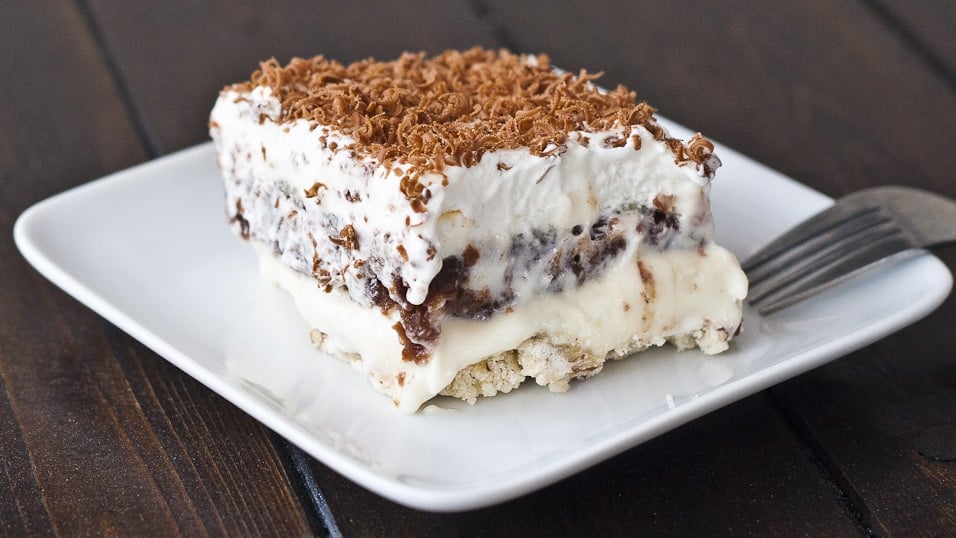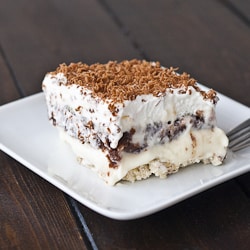Chicken Rollatini Stuffed with Zucchini and Mozzarella
From skinnytaste.com
Shredded zucchini, garlic and mozzarella cheese rolled in chicken cutlets, then dipped in oil and fresh lemon juice, breaded and baked to perfection!
A wonderful way to use up end of summer zucchini and your family will love this, even the non-vegetable lovers!!
I've listed the nutritional info for one, I first made this last week without photos and enjoyed one with a side of rice and vegetables and I felt very satisfied. Today I remade this for lunch and had a hard time finishing two with a fresh garden salad on the side.
Chicken Rollatini Stuffed with Zucchini and Mozzarella
Gina's Weight Watcher Recipes
Servings: 8 • Serving Size: 1 cutlet • Old Points: 4 pts • Points+: 4 pts
Calories: 171.9 • Fat: 6.3 g • Protein: 20.3 g • Carb: 7.9 g • Fiber: 0.9 g • Sugar: 1.3 g Sodium: 280.7 mg (without salt)
Ingredients:
- 1 tsp olive oil
- 4 cloves garlic, chopped
- 1 1/2 cups (1 medium) zucchini, shredded (you can substitute broccoli)
- 1/4 cup + 2 tbsp Romano cheese (or parmesan)
- 3 oz part skim shredded mozzarella
- salt and pepper to taste
- 8 thin chicken cutlets, 3 oz each
- 1/2 cup Italian seasoned breadcrumbs
- 1 lemon, juice of
- 1 tbsp olive oil
- salt and fresh pepper
- olive oil non-stick spray
Directions:
Wash and dry cutlets, season with salt and pepper. Preheat oven to 450°. Lightly spray a baking dish with non-stick spray.
In a large skillet, heat oil on medium-high heat. Add oil when hot then saute garlic a minute, or until golden. Add zucchini, 1/4 cup Romano cheese, salt and pepper and saute about 3-4 minutes, stirring occasionally. Set aside to cool. When cool, add mozzarella cheese and mix to combine.
Lay chicken cutlets down on a working surface and spread 3 tbsp of zucchini-cheese mixture on each cutlet. Loosely roll each one and keep seam side down.
Combine breadcrumbs and grated cheese in one bowl; in a second bowl combine olive oil, lemon juice, and pepper in another bowl.
Dip chicken in lemon-oil mixture, then in breadcrumbs and place seam side down in a baking dish (no toothpicks needed). Repeat with the remaining chicken. When finished, lightly spray
Bake 25 - 30 minutes. Serve immediately. Serving size is listed as one, but if you are having this as a low carb meal with a salad, I suggest you have two.




























































